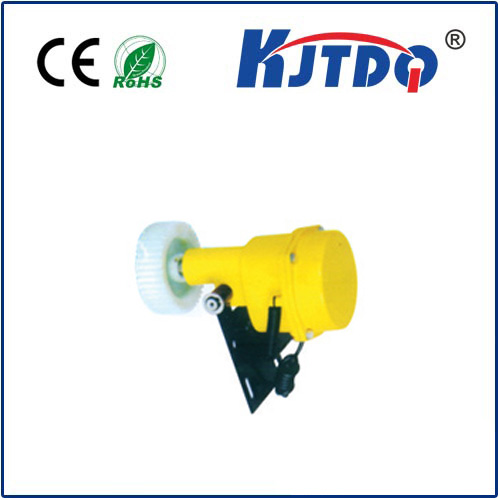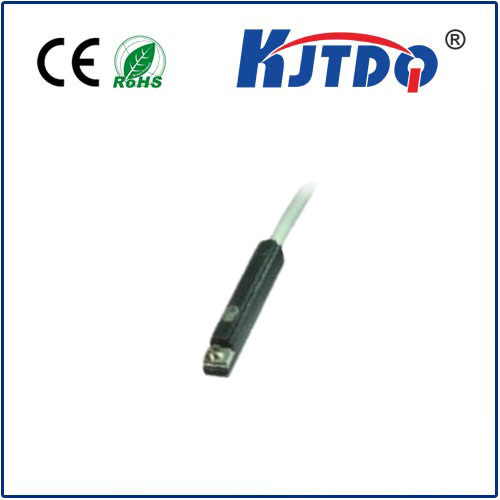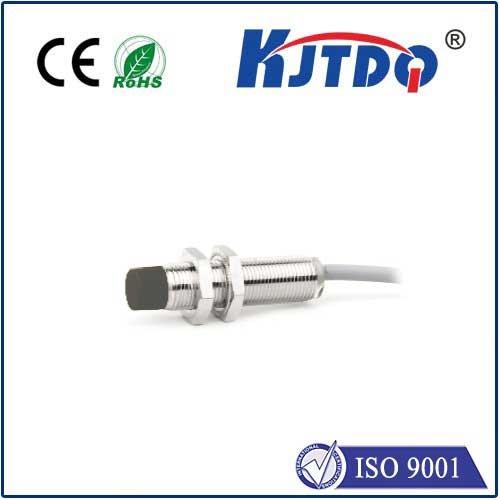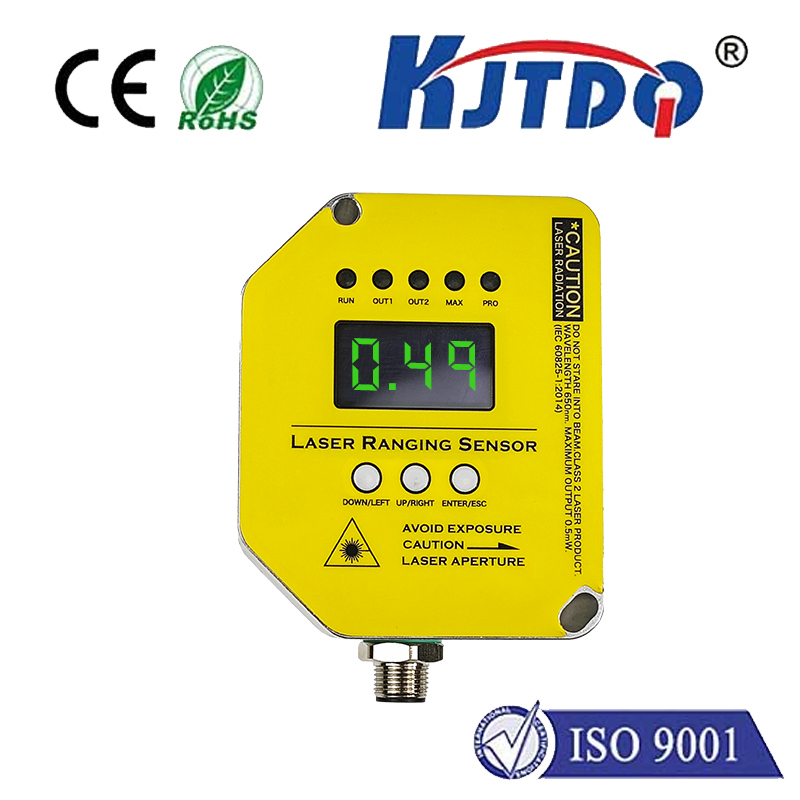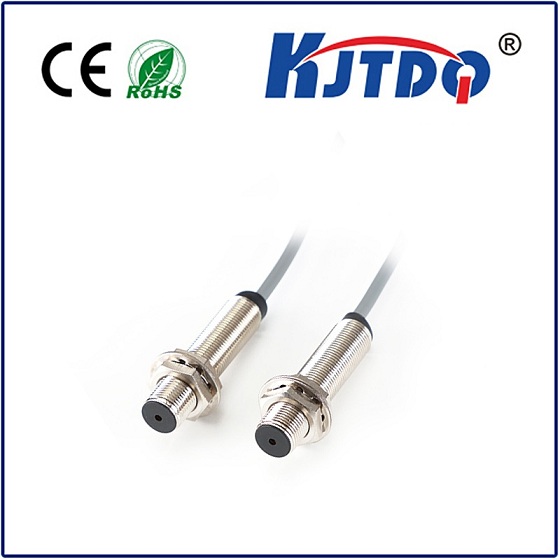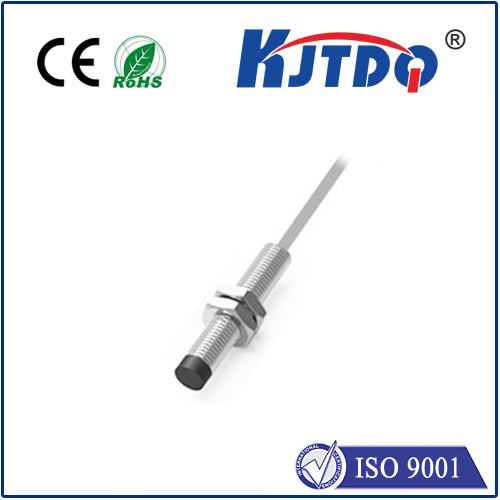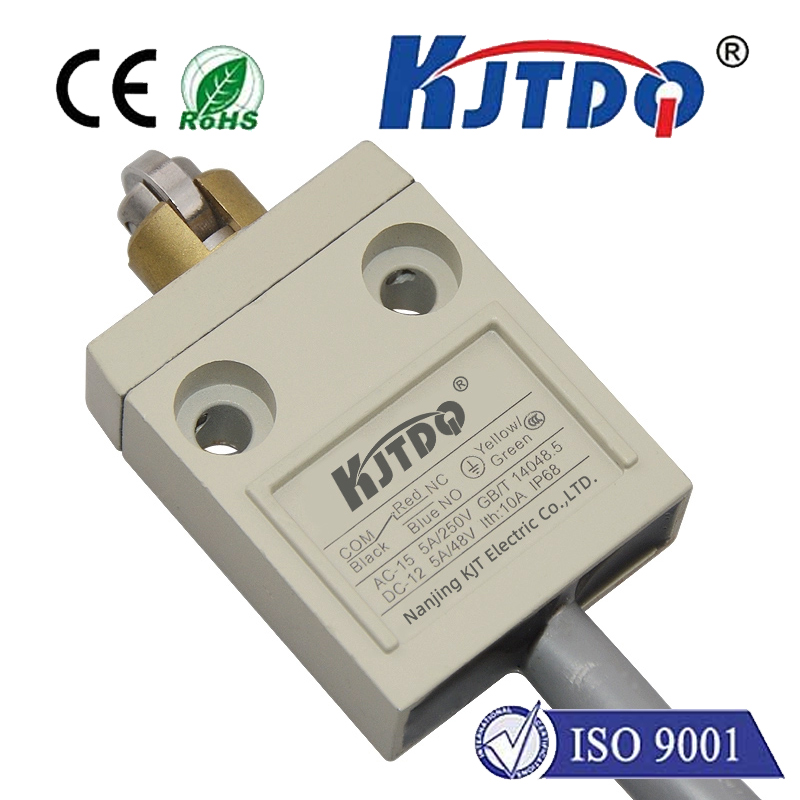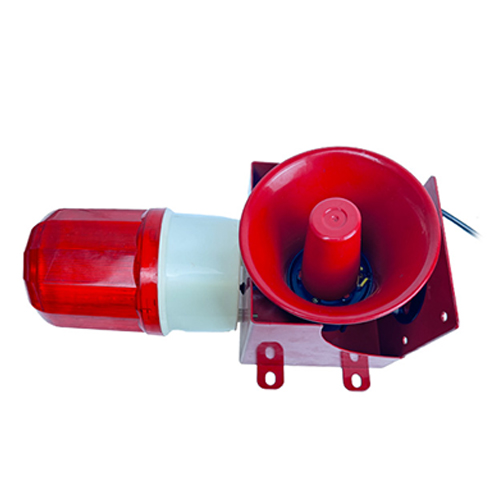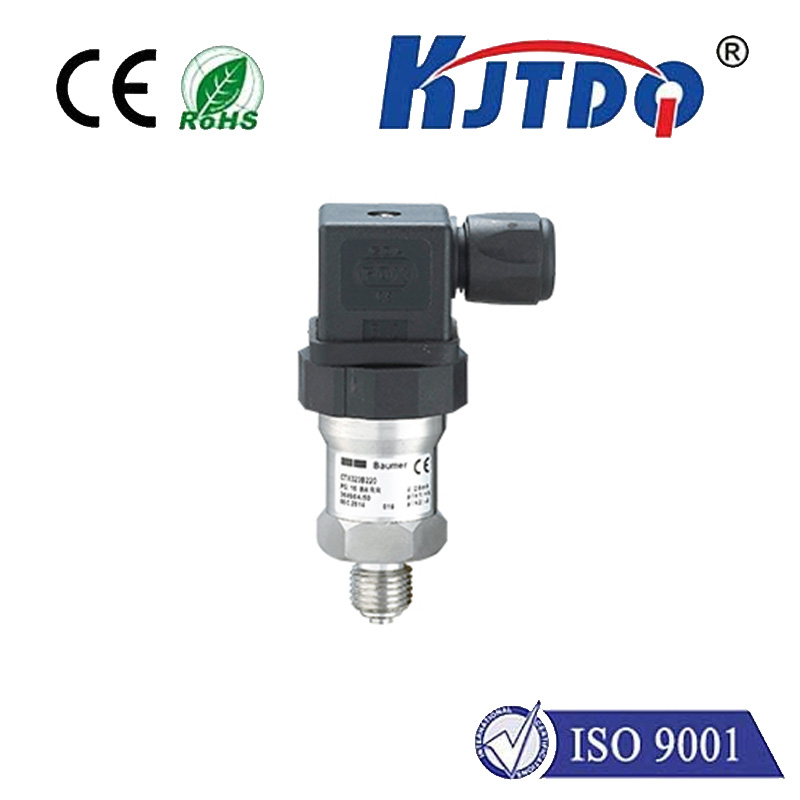ear Tooth Sensor: The Unsung Hero of Modern Machinery In the intricate world of machinery and automation, there’s a small yet powerful component that plays a pivotal role in ensuring precision and efficiency: the зубчатый датчик. While it might not be the most glamorous piece of technology, its importance cannot be overstated. From automotive systems to industrial machinery, gear tooth sensors are the silent workhorses that keep everything running smoothly.
А.зубчатый датчик is a specialized device designed to detect the presence or absence of gear teeth as they rotate. It works by sensing the magnetic or optical changes caused by the movement of gear teeth, providing real-time data on speed, position, and rotation. This information is crucial for systems that rely on precise timing and synchronization, such as engines, conveyors, and robotics.
At its core, a gear tooth sensor operates on the principle of detecting variations in a magnetic field or light beam. Magnetic gear tooth sensors use a magnet and a Hall-effect sensor to measure the changes in magnetic flux as gear teeth pass by. Optical gear tooth sensors, on the other hand, rely on light beams and photodetectors to identify the gaps between teeth. The sensor’s ability to accurately detect each tooth ensures that the system can monitor rotational speed and position with high precision. This is particularly important in applications like anti-lock braking systems (ABS) in vehicles, where even a millisecond delay can make a significant difference.
Gear tooth sensors are incredibly versatile and find use in a wide range of industries. Here are some of the most common applications:
Автомобильная промышленность: In vehicles, gear tooth sensors are used to monitor engine speed, transmission performance, and wheel rotation. They are essential components in systems like ABS, traction control, and fuel injection.
Industrial Machinery: In manufacturing and production lines, these sensors help ensure that machinery operates at the correct speed and timing. They are often used in conveyor systems, robotic arms, and CNC machines.
Аэрокосмическая промышленность: In aircraft, gear tooth sensors are used to monitor the performance of critical components like turbines and landing gear systems.

Renewable Energy: In wind turbines, these sensors help track the rotation of the blades, ensuring optimal performance and safety.
The widespread adoption of gear tooth sensors can be attributed to their numerous advantages:
Высокая точность: Gear tooth sensors provide accurate and reliable data, ensuring that systems operate smoothly and efficiently.
Долговечность: Designed to withstand harsh environments, these sensors are built to last, even in extreme temperatures and conditions.
Компактный дизайн: Their small size makes them easy to integrate into existing systems without taking up much space.
Эффективно с точки зрения затрат: Compared to other sensing technologies, gear tooth sensors offer a cost-effective solution for precise monitoring and control.
While gear tooth sensors are highly effective, there are a few challenges to consider. Alignment is critical—if the sensor is not properly aligned with the gear, it may fail to detect teeth accurately. Additionally, environmental factors like dirt, oil, and vibrations can affect performance, so it’s important to choose sensors that are designed to withstand these conditions.
Selecting the right gear tooth sensor for your application requires careful consideration of several factors:
Type of Sensor: Decide between magnetic and optical sensors based on your specific needs and operating environment.
Operating Range: Ensure that the sensor can handle the speed and temperature ranges of your application.
Mounting Requirements: Consider the physical constraints of your system and choose a sensor that can be easily integrated.
Output Signal: Determine whether you need an analog or digital output signal, depending on your system’s requirements.
As technology continues to evolve, so too do gear tooth sensors. Advances in materials science and electronics are leading to sensors that are even more precise, durable, and versatile. For example, the integration of IoT (Internet of Things) technology allows gear tooth sensors to transmit data wirelessly, enabling real-time monitoring and predictive maintenance. Moreover, the rise of electric vehicles (EVs) and renewable energy systems is driving demand for gear tooth sensors that can operate in high-voltage and high-speed environments. These developments are paving the way for even more innovative applications in the years to come.
In a world where precision and efficiency are paramount, gear tooth sensors are indispensable. They may not be the most visible components in a system, but their impact is undeniable. By providing accurate and reliable data, these sensors enable machinery to operate at peak performance, reducing downtime, improving safety, and enhancing overall productivity. Whether you’re designing a new system or upgrading an existing one, understanding the role of gear tooth sensors is key to achieving success. Their ability to deliver precise, real-time data makes them an essential tool in the modern engineer’s toolkit. As industries continue to push the boundaries of what’s possible, gear tooth sensors will remain at the forefront of innovation, ensuring that machines run smoothly and efficiently in an increasingly complex world.
